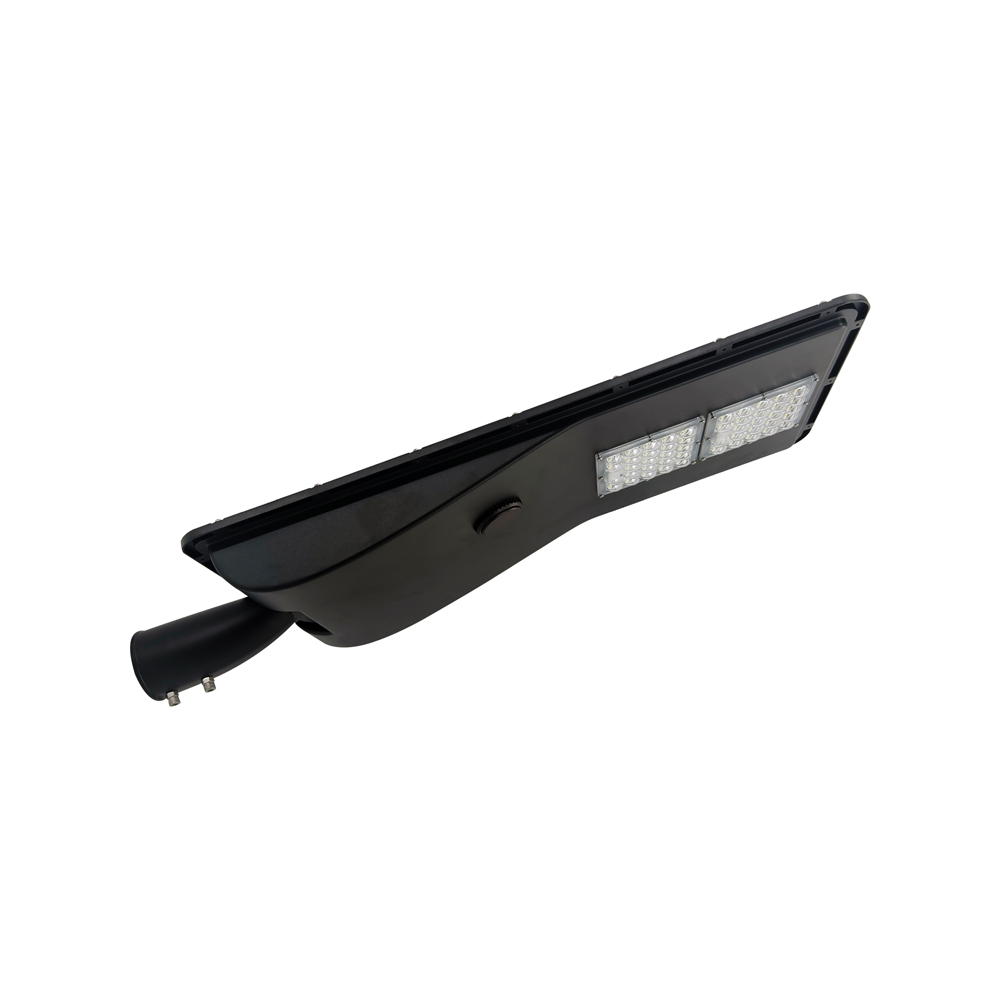What Makes LED Street Lights More Cost-Effective Than Traditional Ligh...
01-12-2025Ningbo sunle Lighting Electric Co.,Ltd
Introduction Lighting technology has gone throug […]
Lighting technology has gone through tremendous changes in the last two decades, and LED flood lights have become one of the most popular solutions for both commercial and residential applications. Whether it is illuminating a warehouse, a sports field, a parking lot, or simply enhancing the exterior of a building, LED flood lights offer unmatched performance and energy efficiency.
But what exactly are LED flood lights? How do they work, and why are they considered superior to traditional lighting options like halogen or metal halide lamps?

LED flood lights are high-intensity, broad-beamed artificial lights that use light-emitting diodes (LEDs) as their light source. Unlike spotlights, which focus on a narrow area, flood lights are designed to spread light across a wide angle, ensuring uniform brightness over large spaces.
Key characteristics of LED flood lights include:
Common Applications:
To understand LED flood lights, it is important to know the basics of LED technology.
The LED Chip
Driver Power Supply
Heat Dissipation System
Optical Design
In short, LED flood lights work by combining semiconductor-based light emission, stable power supply, and advanced heat dissipation to deliver bright, reliable, and long-lasting lighting.
LED flood lights consume up to 70–80% less energy than halogen or metal halide lights. For example, a 100W LED flood light can produce the same brightness as a 300–400W traditional light, resulting in significant electricity savings.
The average lifespan of LED flood lights ranges from 30,000 to 50,000 hours, compared to just 2,000 hours for halogen lamps. This means fewer replacements, reduced maintenance costs, and less downtime.
LED flood lights deliver powerful illumination with high lumen output. More importantly, they provide uniform coverage, minimizing shadows and dark spots. This makes them ideal for large areas like sports fields or warehouses.
Most LED flood lights are designed with IP65 or IP66 waterproof ratings, making them resistant to rain, dust, and extreme temperatures. Their rugged housings protect them against corrosion and physical impact, ensuring reliable performance in outdoor environments.
LED flood lights are free from mercury, lead, and other hazardous materials. They also emit less carbon dioxide due to lower power consumption, making them a sustainable choice for eco-conscious businesses and homeowners.
From compact models for garden lighting to high-power flood lights for stadiums, LEDs come in a wide range of options. They are also available in different color temperatures (warm white, cool white, daylight), allowing users to create the desired ambiance.
When selecting LED flood lights, consider the following factors: